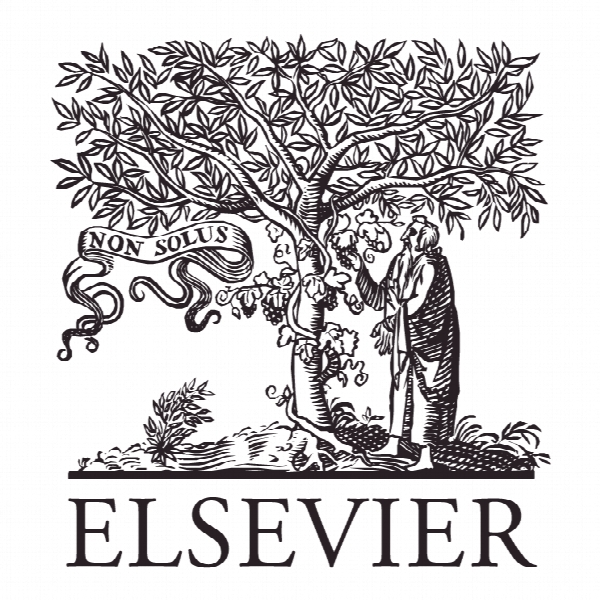توسعه مدل تصمیم گیری در بهره وری از انرژی بادی افزایش یافته مزارع Decision making model development in increasing wind farm energy efficiency
- نوع فایل : کتاب
- زبان : انگلیسی
- ناشر : Elsevier
- چاپ و سال / کشور: 2018
توضیحات
رشته های مرتبط مهندسی انرژی
گرایش های مرتبط انرژی های تجدیدپذیر، انرژی و محیط زیست
مجله انرژی تجدیدپذیر – Renewable Energy
دانشگاه Department of Industrial Engineering – Firat University – Turkey
شناسه دیجیتال – doi http://dx.doi.org/10.1016/j.renene.2017.03.045
منتشر شده در نشریه الزویر
کلمات کلیدی انگلیسی AHP, Wind turbine select, Renewable energy, Energy efficiency, Multi-criteria decision making
گرایش های مرتبط انرژی های تجدیدپذیر، انرژی و محیط زیست
مجله انرژی تجدیدپذیر – Renewable Energy
دانشگاه Department of Industrial Engineering – Firat University – Turkey
شناسه دیجیتال – doi http://dx.doi.org/10.1016/j.renene.2017.03.045
منتشر شده در نشریه الزویر
کلمات کلیدی انگلیسی AHP, Wind turbine select, Renewable energy, Energy efficiency, Multi-criteria decision making
Description
1. Introduction Among renewable energy resources, wind energy is one of the most profitable, clear and powerful way to supply the applications of renewable energy [1], during the time that the generation of the wind energy has increased 32% per year in the past 10 years [2]. The potential for wind electricity generation around the World is displayed in Fig. 1 [3]. Fig. 2 shows the top 15 countries by total wind installations [4]. The wind energy station planning effort requires finding some of resources and conversion mechanisms in order to fulfill the energy demands / requirements of all the tasks in an optimum attitude [5]. The feasibility outcomes of wind energy station design works depend on the characteristic of the present meteorological report as well as on the suppositions about available space and technology [6]. These results can just ensure an approach of the all wind power potential and it can change considerably for diverse regions [7]. Using meteorological data, the wind energy output can be calculated for a wind turbine brand [8]. The distribution of the wind turbine brands worldwide is given in Fig. 3 [9]. The diverse brands of wind turbine generate diverse quantities of energy linked to the wind speed for a specific region [10]. For this reason, the best wind turbine selection has a significant task evidenced by a few good investigations found in the literature. With an optimization model, Borissova and Mustakerov evaluated twenty-four different wind turbine brands [11]. Al-Hadhrami assessed the generating wind energy of sixteen different wind turbines in the group of 50–80 kW, 15–20 kW, 5–10 kW and 1–3 kW rated wind energies, and the influence of the hub height on generating wind energy; the best proportion changing in yearly energy generation efficiency acquired for a rise in the hub 64 height of 30 m from 10 to 20 m [12]. Alimi et al. evaluated eight different wind turbines at diverse hub-heights for the wind energy production in Tunis [Nordex (2300 kW) N90-100, 66 Vestas V80, Anbonus MK III-30, V82-0.9, V39-35, GE 1500 kW, Dewind 1250 kW, and Repower (2000 kW) MM 70-65] [13]. Filho and De Araujo Lima evaluated by using three 68 diverse brands of wind turbine (Bonus Mk III, Bonus Mk III and Vestas V27) in Paraiba [14]. 69 Jowder applied a classic method to comparison five wind turbine brands [Gamesa (G58, G80) and Nordex (N60, N70, N80)] at 60 m height, identifying that the best turbine was G58 [15]. For the Niger region, Adaramola et al. appraised the performance of four different wind turbine brands ranging from 500 to 35 kW [ZEUS 500, G-3120, WES-30 and P19-100], acquiring that the wind energy output from G-3120 was the best [16]. Adaramola assessed the wind energy generation in Ghana by using four diverse wind turbines [Garbi150/28, Polaris 15–50, CF-100, and WES30] [17]. With an evaluative algorithm, González et al. evaluated the four wind turbines for the optimization of wind energy station turbines [18]. Montoya et al. used a multi-objective optimization algorithm for the best wind turbine selection by using the energy outputs of twenty six diverse brands of wind turbines [19]. Kolios et al. ensured a systematical methodology by the TOPSIS for evaluation and classification of diverse present wind turbine backing structures [20]. Martin et al. used the TOPSIS method for evaluation of conception design process of wind turbine support devices [21].


